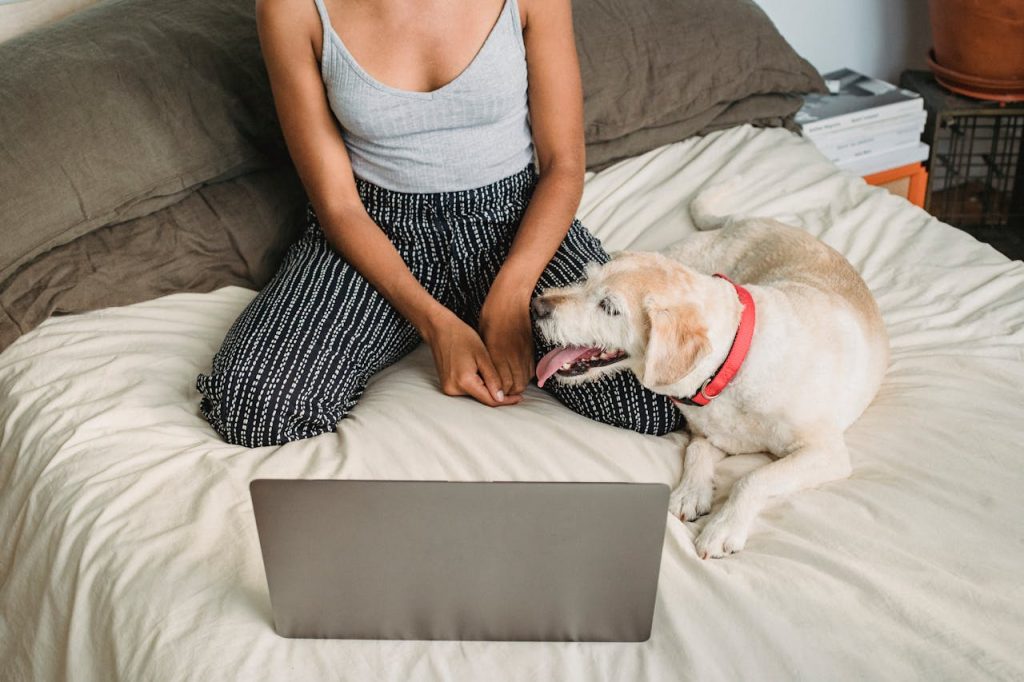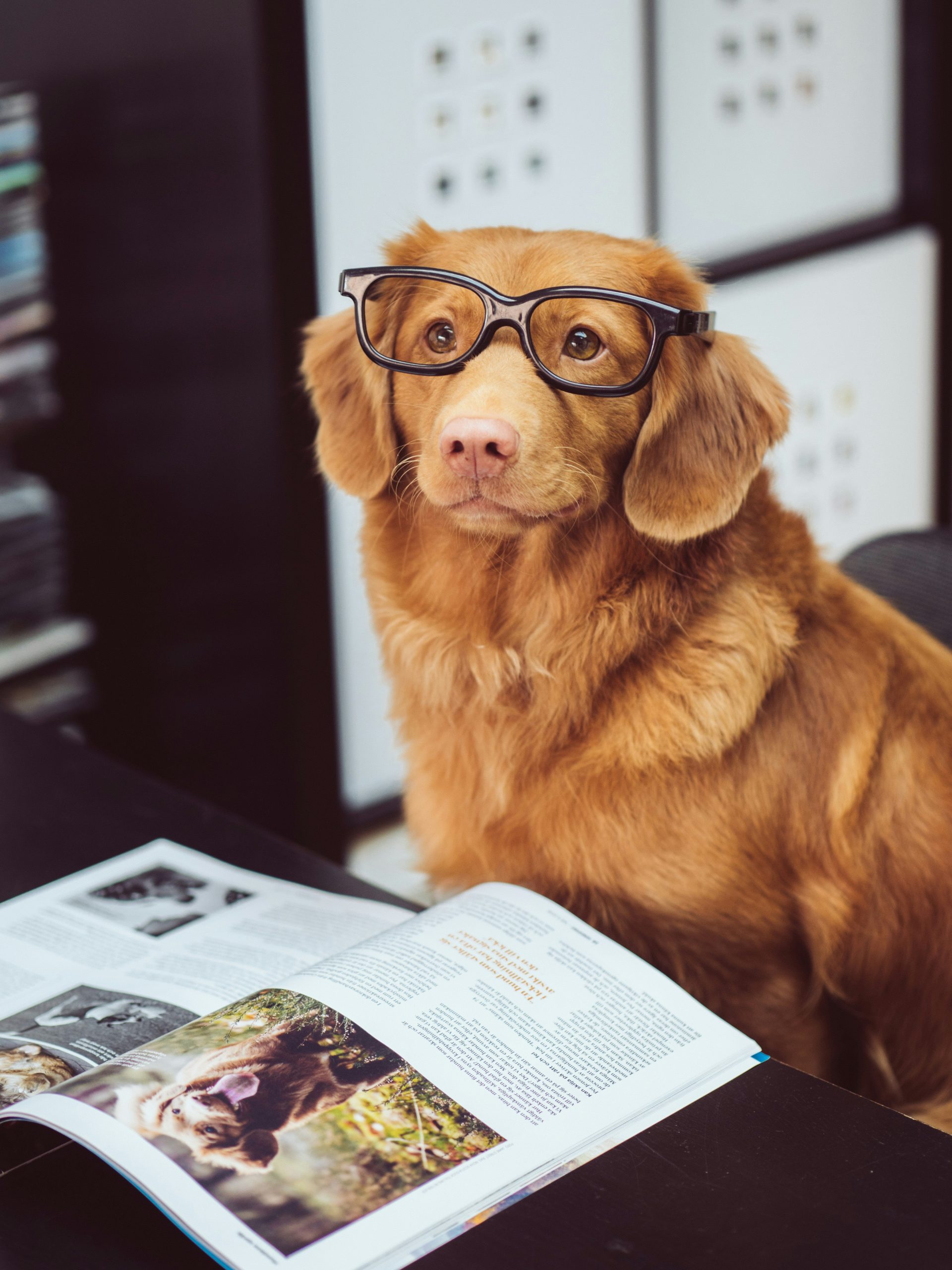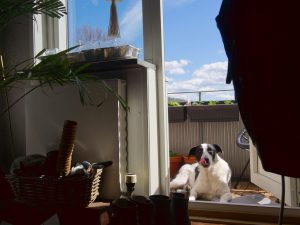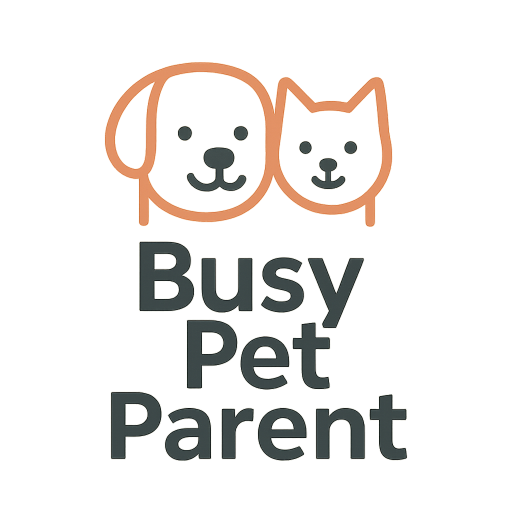
Excessive Panting in Dogs Indoors: 15 Apartment-Safe Fixes
Is your dog panting more than usual indoors — even when it’s not hot? Excessive panting in dogs indoors can be a sign of stress, boredom, medical issues, or a poorly optimized apartment environment. While some panting is normal, especially after exercise or excitement, constant or unexplained panting in a controlled indoor space deserves attention.
Whether you’re dealing with heat sensitivity, separation anxiety, or just a high-energy pup who needs more stimulation, these 15 apartment-safe fixes will help you understand and reduce indoor panting. We’ll also cover when it’s time to call the vet — and how to make your space more dog-friendly and calming.
1. Rule Out Medical Causes First
Before assuming it’s behavioral or environmental, always check for medical issues. Excessive panting in dogs indoors could signal heart disease, respiratory problems, Cushing’s disease, pain, or fever. If the panting seems sudden, intense, or paired with other symptoms like lethargy or vomiting, contact your vet immediately.
According to PetMD, panting is one of the most common signs of distress in dogs. If you’re unsure, a veterinary check-up is always the safest first step.
2. Reduce Room Temperature and Improve Airflow
Many apartments trap heat, especially in upper floors or units without cross-ventilation. Dogs are more sensitive to heat than humans and may begin panting even at temperatures you find comfortable. Use fans, keep blinds closed during peak sun, and consider a cooling mat or elevated bed to keep your dog cooler indoors.
If your space lacks air conditioning, keep your dog’s crate or sleeping area in the coolest room possible. Dogs don’t sweat like humans — panting is their only way to release heat, so optimizing your indoor climate is essential.
3. Watch for Anxiety and Overstimulation
Dogs often pant when they’re anxious, especially in tight apartment spaces where they can’t escape overwhelming sounds or movement. If your dog pants during storms, fireworks, or when you’re getting ready to leave, anxiety may be the root cause.
Check out our post on pets and thunderstorm anxiety for apartment-friendly ways to soothe a nervous pup. Soft music, calming diffusers, and safe hideouts can go a long way in reducing stress-related panting.
4. Limit Triggers Like Loud Sounds or Harsh Lights
Some dogs are hypersensitive to sudden changes in their environment, especially in apartments where strange sounds travel through walls and ceilings. Blinds opening, elevators buzzing, or noisy upstairs neighbors can make your dog pant out of unease or confusion.
Try to buffer outside noise by adding soft music, white noise, or curtains. Use soft lighting in the evening and avoid startling transitions. Reducing environmental overstimulation can lead to a calmer, quieter dog indoors.
5. Add More Mental Enrichment
Boredom is a sneaky cause of indoor panting. Dogs left alone too long with nothing to do may pant due to restlessness or unmet mental needs. Puzzle feeders, scent games, and interactive toys can help keep your dog’s brain busy — and reduce stress behaviors like panting.
Even 10 minutes of structured enrichment per day can make a big difference. See our guide on indoor dog exercise ideas for smart ways to keep your pup active and engaged in a small space.
6. Offer Frozen Treats and Hydrating Snacks
If your dog is panting indoors due to mild overheating or stress, frozen dog treats can provide instant relief. Try frozen banana slices, pet-safe broth cubes, or yogurt-based snacks (unsweetened and dairy-safe). Always supervise during treat time to avoid choking hazards.
For pups who aren't drinking enough, mix water into meals or serve pet-safe hydrating fruits like cucumbers or watermelon (without seeds). Keeping your dog cool from the inside out can minimize unnecessary panting during apartment downtime.
7. Set a Predictable Daily Routine
Dogs thrive on structure — especially in small apartment settings. When mealtimes, walks, and rest periods happen at predictable times, your dog’s nervous system stays calmer. Unpredictable routines can lead to over-alertness and chronic panting.
Use feeding times and potty breaks to anchor the day. Even 2–3 short walks or play sessions spaced consistently throughout the day can help reduce nervous energy. A more predictable rhythm often leads to more relaxed indoor behavior.
8. Don’t Skip Physical Exercise — Even Indoors
A tired dog is a calm dog. If your dog’s panting is tied to excess energy, increasing daily exercise can help dramatically — even if you don’t have access to a yard. Indoor fetch, stair climbing, or hallway walks can all help release pent-up energy.
Read our guide to indoor dog exercise ideas for inspiration. Even 15–20 minutes of movement a few times per day can reduce panting that comes from boredom or restlessness.
9. Address Nighttime Restlessness
Is your dog panting at night while the apartment is quiet? Nighttime panting may be related to anxiety, discomfort, or lack of a defined sleep routine. Try dimming lights, avoiding late-day stimulation, and offering a calming space to sleep — like a cozy corner or sound-dampened crate.
Some dogs benefit from nighttime music or gentle pheromone diffusers. Explore our post on dog anxiety at night for practical apartment-friendly bedtime strategies.
10. Check for Allergies or Irritants
Indoor allergens like dust, mold, or scented cleaning products can irritate your dog’s respiratory system and trigger panting. If your pup also licks their paws, sneezes, or scratches frequently, allergies could be to blame — even in a seemingly clean apartment.
VCA Canada notes that allergies are a frequent cause of discomfort and panting. See their dog allergy overview for signs to watch for and tips on reducing indoor triggers.
11. Try Calming Scents and Tools
Some indoor panting is simply anxiety in disguise. Natural calming aids like lavender sprays, calming collars, or pheromone diffusers can reduce low-grade stress — especially if your dog spends time alone or is adjusting to new apartment sounds.
These tools are subtle but effective, especially when paired with routine and safe hideouts. Pair this with tips from our thunderstorm anxiety guide to create a complete calming environment.
12. Rule Out Over-Grooming or Skin Issues
Dogs that pant and lick themselves excessively indoors may be dealing with hidden pain, itchy skin, or stress-induced grooming. Over time, this behavior can become compulsive and is often tied to underlying discomfort.
Check for redness, hot spots, or irritation, especially on the paws and belly. See this PetMD guide on excessive licking for insight. If the behavior persists, consult your vet to rule out pain or anxiety disorders.
13. Give Them a Designated Cool Zone
Not all dogs tolerate warm indoor temperatures well — especially brachycephalic breeds or those with thick coats. If your dog seeks tile, corners, or breezy windows, create a go-to chill space with cooling mats, fans, or elevated beds.
Apartment A/C systems aren’t always pet-friendly, so observe where your pup relaxes and build around it. Even a shaded corner with airflow can become their panting-free oasis.
14. Don’t Punish the Panting
Panting is often involuntary — and punishing it can make things worse. If your dog is panting from stress, fear, or confusion, adding discipline only increases their anxiety. Focus on identifying triggers, not suppressing symptoms.
If you need help interpreting your dog’s body language, speak with a behaviorist or vet. Gentle observation always wins over harsh correction when it comes to anxious behaviors like panting.
15. Seek Veterinary Support When Needed
If your dog’s panting seems excessive, sudden, or paired with other symptoms (drooling, pacing, lethargy), don’t delay. It could signal pain, heart issues, or other medical conditions that need professional attention — even if they’re mild indoors.
Trust your instincts. When panting doesn’t improve with environmental or behavioral tweaks, it’s time to get a full checkup. Catching things early makes all the difference.
Final Thoughts
Excessive panting indoors can be unsettling, especially when you're not sure what’s behind it. But with a bit of observation, a few apartment-friendly adjustments, and lots of compassion, you can help your dog feel cooler, calmer, and safer at home.
Remember: panting is your dog’s way of telling you something. With these gentle fixes, you’re giving them the tools they need to feel their best — even in a small space. You've got this, pet parent.
Frequently Asked Questions
Why is my dog panting indoors when it's not hot?
Panting indoors can be triggered by stress, pain, anxiety, overexcitement, or even poor air circulation — not just heat. Dogs also pant when adjusting to unfamiliar apartment sounds or routines.
Should I be worried about my dog’s excessive panting?
Yes, if panting is sudden, intense, or happens without clear reason, it's worth a vet visit. It may signal pain, respiratory issues, heart trouble, or emotional distress that needs attention.
What indoor temperatures are too warm for dogs?
Many dogs are most comfortable between 68–75°F (20–24°C). Brachycephalic breeds and dogs with thick coats may struggle above this, especially without good airflow or hydration.
How do I calm my dog’s panting at night?
Create a dark, quiet space, use a consistent bedtime routine, and try calming aids like pheromone diffusers or white noise. Avoid late-night excitement or feeding too close to bedtime.
Can overexercising cause panting indoors?
Yes, especially in warm apartments or dogs with low stamina. Always provide water after play, and avoid high-intensity sessions if your dog isn't conditioned for it.

Join the Busy Pet Parent Newsletter!
Get easy routines, time-saving tips, and the latest gear reviews—delivered straight to your inbox.
Perfect for busy pet owners, apartment dwellers, and anyone who wants a happy, healthy companion (without the stress).
Exclusive guides & checklists
Product recommendations & deals
No spam—unsubscribe anytime!



